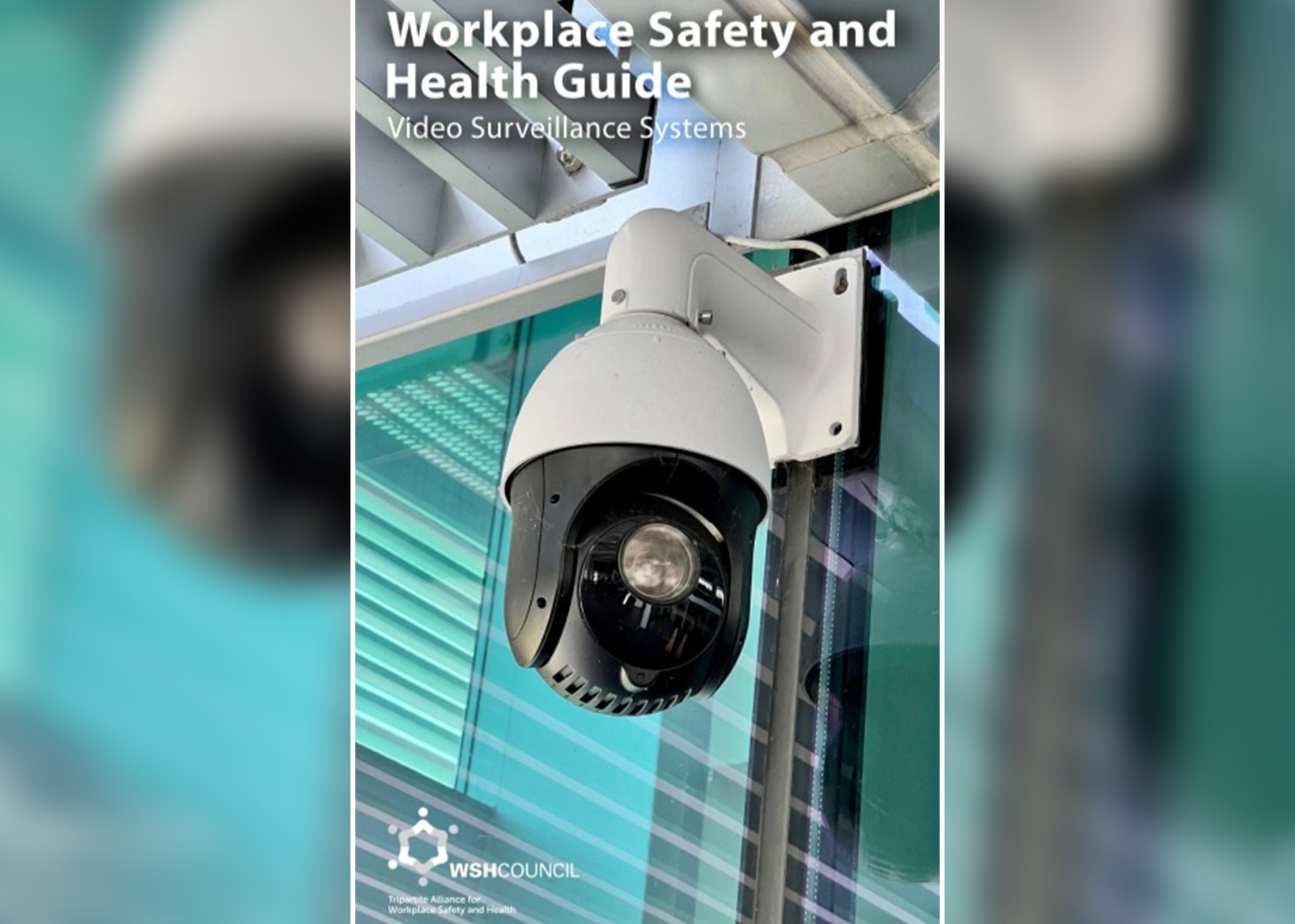Enhancing Workplace Safety with Video Surveillance Systems

In today’s rapidly evolving world, workplace safety and health (WSH) practices have become more critical than ever. To foster safer work environments, reduce accident rates, and instill a culture of accident prevention, technology is stepping in as a powerful ally. One such technology that is making a significant impact in this regard is Video Surveillance Systems (VSS).
Understanding the Objective and Scope
VSS, short for Video Surveillance Systems, is revolutionizing the way companies approach workplace safety. It offers real-time monitoring capabilities that empower employers to proactively identify and address potential WSH challenges before they escalate into serious accidents.
The primary objective of this guide is to introduce you to VSS and how it can be effectively deployed to enhance workplace safety and health. It provides recommendations for the implementation of VSS, considerations before installation, and real-world examples of VSS installations in various workplace scenarios.
Complying with WSH Legislation
Before delving into the practical aspects of VSS, it’s essential to note that workplace safety regulations often dictate the industries and conditions where VSS deployment is mandatory. This guide serves as a valuable supplement to these regulations, offering guidance to companies on how to effectively deploy VSS to comply with these requirements.
Leveraging VSS for Enhanced WSH
So, how does VSS contribute to improved workplace safety and health? Let’s break it down:
Real-time Monitoring: VSS provides a constant stream of surveillance, enabling employers and safety personnel to spot risks, unsafe situations, or lapses before they escalate into incidents.
Deterrence: The mere presence of cameras acts as a deterrent for unsafe behavior. Knowing that they are being watched, employees, contractors, and visitors are more likely to adhere to WSH practices.
Training Tool: Surveillance recordings serve as valuable training resources. They provide real-life examples of both safe and unsafe behaviors, reinforcing your company’s WSH policies and procedures.
Insight and Investigation: In case of a WSH incident, surveillance footage becomes a critical resource for investigations. It offers a detailed perspective that can reveal crucial insights and aid in preventing similar incidents in the future.
VSS Recommendations
A successful VSS deployment involves careful consideration of various factors:
Camera Specifications: The type and features of cameras, including their resolution, night vision capability, and durability, should align with your workplace’s specific needs.
Area Coverage: Identify higher-risk work activities and locations that require monitoring. Ensure cameras have a clear line of sight and are strategically positioned.
Power Supply: Depending on the availability of power at your site, choose between high-capacity batteries, solar power, or drawing power from existing infrastructure.
Transmission and Storage: Select suitable storage solutions and transmission modes, keeping in mind factors like file size and retrieval capabilities.
Viewing and Access: Invest in a Video Management System (VMS) for easy management of video files and ensure real-time monitoring capabilities.
Other Operational Considerations: Consider factors like lighting, tamper protection, signage, training, and cybersecurity to ensure the effective and secure operation of your VSS.
System Maintenance: Implement a maintenance regime to keep your VSS operational, prevent downtime, and extend its lifespan.
Examples of VSS Installation
Visual examples of VSS installations and areas that can be monitored offer valuable insights into how you can set up your own system. Whether it’s dome cameras discreetly mounted on ceilings or bullet cameras providing a visible deterrent effect, these examples showcase the versatility of VSS.
Conclusion
Video Surveillance Systems are changing the game when it comes to workplace safety and health. By leveraging this technology, companies can take proactive measures to identify and mitigate risks, thereby fostering a safer and healthier work environment for all. Consider the recommendations provided in this guide and tailor them to your specific workplace needs to enhance your WSH practices.
Remember, the key to successful VSS implementation lies in thorough planning, adherence to regulations, and a commitment to making workplace safety a top priority.
Source: Workplace Safety and Health Council, Singapore



